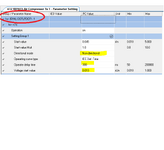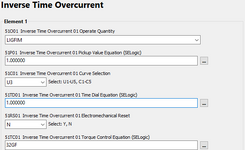freetown
Electrical
- Mar 1, 2024
- 22
Hi all,
When we have to use residual earth protection 51N and 67N and what's the difference?
Is it true that 67N is only used on the incomers and 51N on the outgoing feeders?
When we have to use residual earth protection 51N and 67N and what's the difference?
Is it true that 67N is only used on the incomers and 51N on the outgoing feeders?


